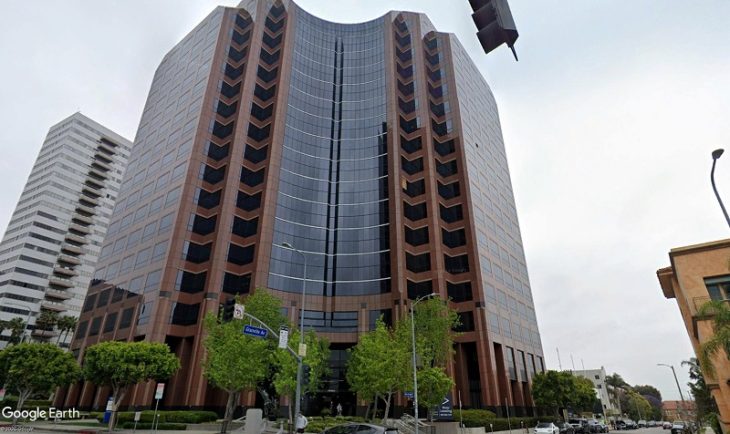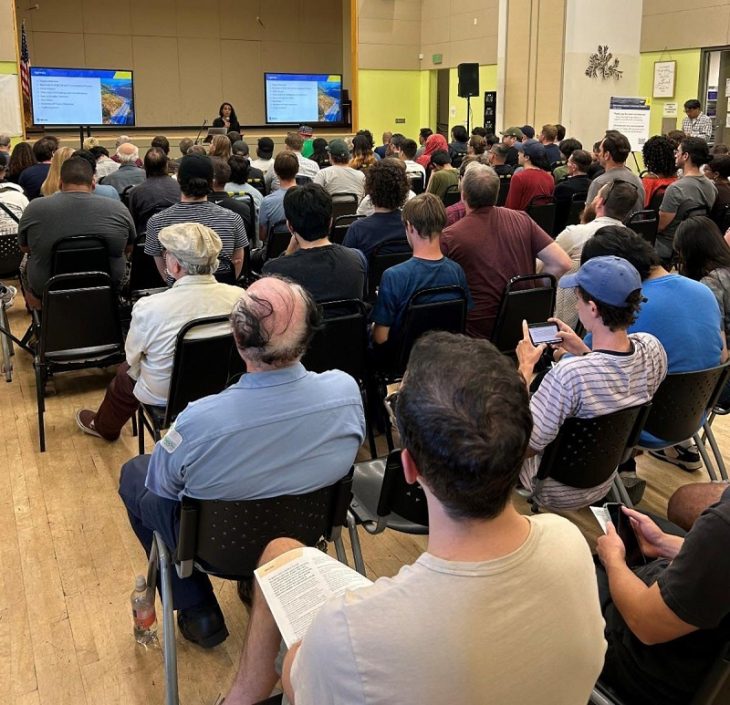
The Federal Reserve raised the short-term interest rates slightly from record lows on Dec. 16, 2015. This is the first interest rate hike since June 2006. The Federal Reserve found the economy strong enough to keep growing with a little less help from the central bank.
Despite the Fed’s rate hike, within a week of the increase, the average rate on the 30 year fixed mortgage went down falling to 3.96 percent from 3.97 percent according to mortgage lender Freddie Mac.
The Federal Reserve approved a quarter point increase in its target funds rate. It raised its key interest rate from a range of 0 percent to 0.25 percent to a range of 0.25 percent to 0.5 percent.
As Freddie Mac’s Chief Economist Sean Becketti explained, “The Fed raising short term rates by itself doesn’t have a very profound effect on mortgage rates.”
Long term interest rates are more closely tied to the yield on the 10 year U.S. Treasury which generally stays down as long as inflation remains low and investors keep buying Treasuries.
The Chief Economist also noted that a few more slight Fed rate hikes will not impact longer term rates until the central bank reduces the vast bond portfolio it acquired during the Great Recession. Such bond reduction is not expected to happen any time soon.
With long term mortgage lending rates remaining near historic lows and lending standards easing, the opportunities are looking better for prospective buyers.
The Fed’s rate hike will affect millions of Americans indirectly with regard to their purchasing power when it comes to buying a home.
The good news is it will become more desirable to have money in certificates of deposit. The interest rate hike is expected to lead to higher annual percentage yields on these financial instruments and other savings products.
Another side effect of the increase in interest rates is that people may find investing in the stock market riskier. When consumers have less disposable income, companies have less cash flow and the price of the company’s stock will decrease.
Treasury bills and bonds are seen as the safest investments and typically see a corresponding increase with interest rates.
While the Fed has little control over the interest rates on long-term debt such as mortgages, most experts predict long-term interest will also rise in coming years.
At the most recent Fed meeting, Fed officials indicated that short term rates will rise gradually and only if economic growth continues. They expect short term rates to rise by 1 percent per year for the next three years.
Those in the market for a new home should not feel pressured to buy quickly because of rising rates. The consensus among financial experts is that low fixed rate mortgages will be available for the foreseeable future even if the Fed continues to implement incremental rate increases.
Banks are still trying to bring more consumers in for home loans. Many lenders are reporting using easier credit standards, according to Fannie Mae and expect standards to ease rather than tighten in the near future.
While home affordability will still be a challenge for many, lenders’ thoughtful easing of credit standards should help to mitigate some of the affordability decline.
The rise in interest rates could increase competition among lenders and force them to ease some of the extra safeguards added after the Great Recession.
The San Francisco Federal Credit Union has begun a new revolutionary program they are calling the “POPPY LOAN” with no down payment. It stands for “proud ownership purchase program for you.”
Financing is available up to 100 percent of the purchase price of the loan or appraised value of the property, whichever is less provided a buyer qualifies. This is game-changing for people who have good jobs and can qualify for the loan, but just do not have the typical 20 percent down payment.
This mortgage requires no down payment, however borrowers must work in San Francisco or San Mateo County and be purchasing a home in the San Francisco Bay area. The credit union is offering up to $2 million on a primary home purchase mortgage.
The loan is a 5/5 adjustable-rate product, which means it can only adjust at 5-year intervals. Also, the loan can only increase by 2 percentage points each time, up to 6 percentage points over the life of the loan. Customers are qualified on the payment difference should the rates change by 2 percent in the future.
Borrowers may also benefit from a new credit scoring model. Fannie Mae announced recently that it will start using so-called trending data in looking at mortgage applicants. This is a wider look at a borrower’s credit history which could help boost some scores.
While the rise in interest rates may cause financial difficulties for many Americans, some lenders have already begun to put programs in place to help customers keep home affordability within reach.
For a free courtesy consultation, or information regarding mortgage brokers, contact Bess Hochman, a top Westside Real Estate Broker for over 20 years. Bess is also distinguished by holding a law degree. This article expresses the opinion of the author. You are advised to consult attorneys and others experts specializing in the issues referenced in this article.
Contact Bess by phone at 310.291.4111 or email Bess.CenturyCityNews@yahoo.com.
“Bess is a master negotiator!” says Michael Donaldson, attorney and author of “Negotiating For Dummies.”
























